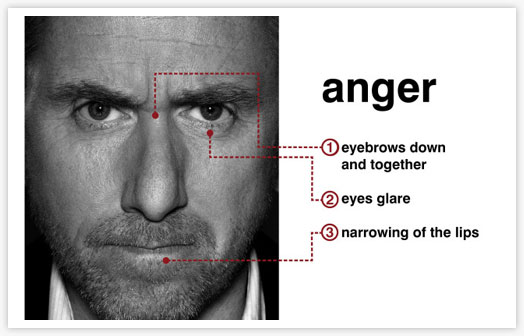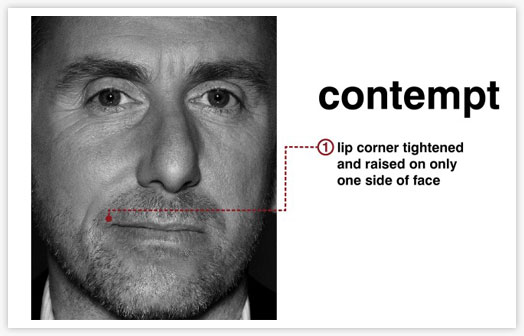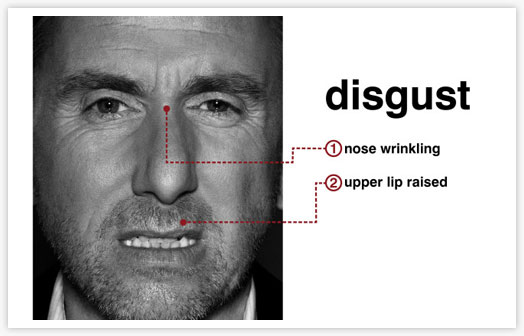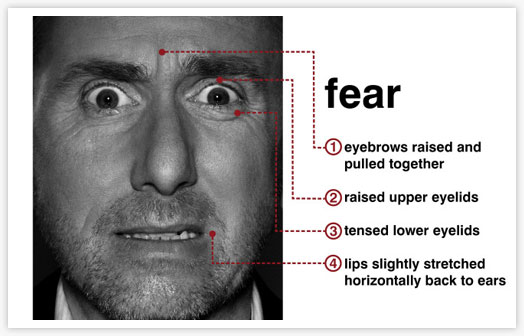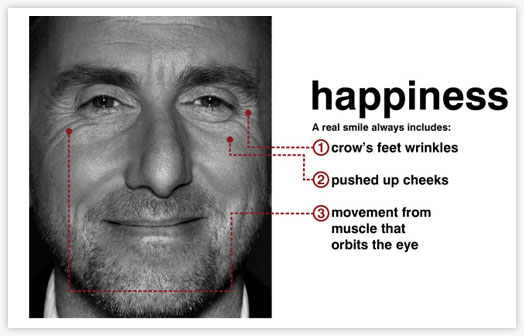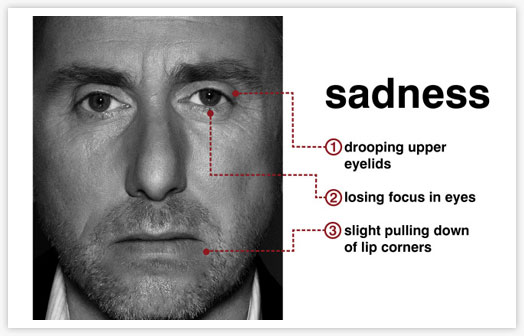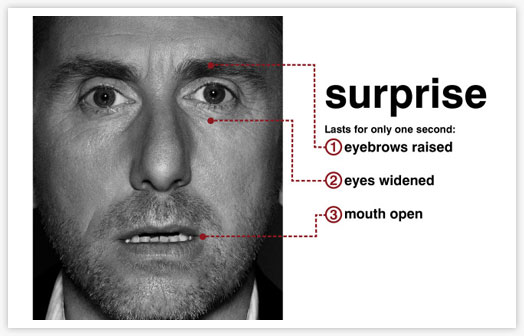When we agree to an idea or proposal, it’s because there’s something in it for us. It’s hard to influence people who can’t see what’s in it for them. Sounds one-sided, but it is true. Call it self-interest, selfishness or whatever. It is only human nature to ask, “What am I getting from this?”
People will say yes to your ideas if they meet their needs or match their view of life in the following areas:
- Principles and values
- Beliefs and opinions
- Needs and wants
So Give People What They Want & Need
People agree to ideas and suggestions that match their needs or views of life. Underpinning all our lives are certain principles and values that we hold to be true. These become guidance for how we conduct our lives. They influence and mould our behavior. They can differ greatly from person to person and successful influencers always take principles and values into account.
But how?
Notice what principles and values drive other people
Ask questions and invite comment and reaction
Check with those who know them well
Some examples of principles:
- Integrity and fairness are an integral part of business dealings.’
- I think that older people deserve courtesy and consideration.’
- Moral behavior is part of the fabric of daily life.’
It would be unproductive to spend time attempting to dislodge these deep-seated principles. Instead, harness them to add leverage to your suggestions
Beliefs & Opinions
Beliefs and opinions can be transient or short-term. Remember when you used to believe in Father Christmas, the Tooth Fairy, giants, and witches? Proof can easily dislodge a belief. So too can time.
An early step on the road to influencing others may include having to change lingering beliefs or convictions before you can proceed further.
- I think that BubbleClean washing machines break down more often than the Tumbling system range.’
- I think that all politicians are corrupt.’
- I never make decisions on the 13th.’
Each of these beliefs can be dealt with by logical questioning or providing proof or data.
Needs & Necessities
These are fundamental requirements they have to be met if you are to influence others. Typical needs include: reliability, security, achieving a deadline, meeting a budget, keeping up to date.
- Because of increasing competition, it is essential that we maintain an image and at the same time keep up to date.’
- My team members are under great pressure, so it important to maintain their morale.’
- The system must not only be reliable but secure, as well.’
Having uncovered needs, you may have to mould or reshape your ideas to dovetail with the requirements of others. Often, people have a hierarchy of needs, so it may be important to discover and use this:
Which is most important to you reliability or security?
Wants & Wishes
Wants and wishes are not essentials, just a wish list: Wouldn’t it be lovely … if only’. But their fulfillment can be the cherry on your influencing trifle, placed on top with a flourish, after the other person has agreed to your proposal.
Depends What’s on Offer
Question: How will your suggestions benefit the other person?
The person or people you are influencing will interpret the benefits of your suggestions in different ways. Some will be interested in the features the fine details, the nitty gritty of ideas. Others will say how will I benefit?’ Others will seek out the advantages of proposals how the benefits are different.
Features, Benefits & Advantages
No doubt you are familiar with the differences between features, benefits and advantages, but it is worth re-iterating.
Features
These are built-in aspects of your idea or suggestion timing, costs, resources etc. They will remain locked up in your idea whether the other person agrees or not.
Benefits
These are far more important than the features of your proposal. They translate boring old features into exciting statements which show clearly how others will gain.
This new hardware is made in Germany (feature) which means that we will save time and money on spare parts (benefit).’
Advantages
These are comparative benefits e.g. Increased revenue, greater savings, and faster turn-around.
In Summary: The Benefit Balance Sheet
Most people do not agree whole-heartedly to an idea. There is usually something that niggles, however well you’ve addressed their concerns.
In the end, when we finally say yes to a proposal, it is because the benefits outweigh any disadvantages.
As you plan and prepare your influencing case, list all the benefits and advantages of your suggestions. Use them to tip the balance in favor of yes.
About the Author: Jonathan Farrington is Chairman of The Sales Corporation, CEO of Top Sales Associates, and Senior Partner at The JF Consultancy, based in London and Paris. He is also the Chairman of the Executive Board over at Top Sales Experts. His popular daily blog is read by thousand of dedicated business professionals

 in times of great stress. Over the next few days, I’ll cover one of the four types of personalities and explain to you exactly how they think and most importantly, make decisions.
in times of great stress. Over the next few days, I’ll cover one of the four types of personalities and explain to you exactly how they think and most importantly, make decisions.